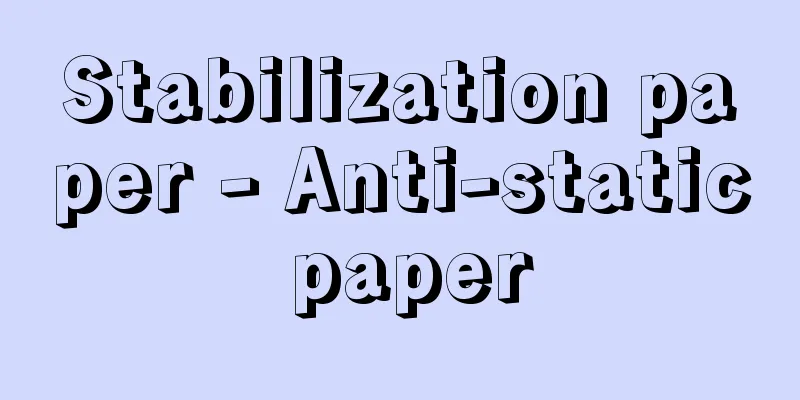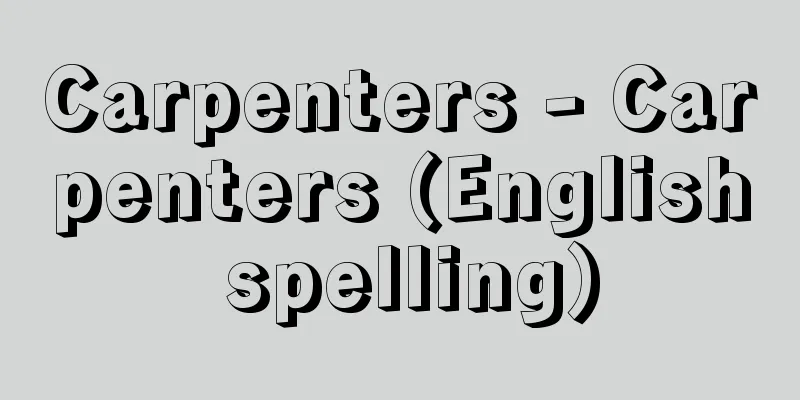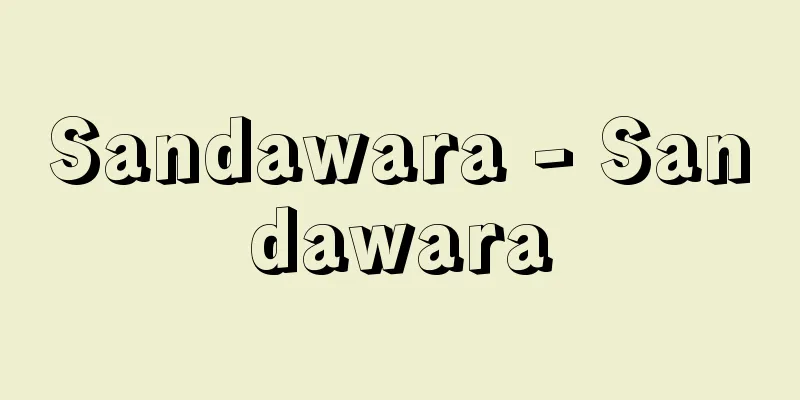Reductive absurdum

|
In order to prove that a certain proposition is true, this method involves reasoning under the assumption that the "conclusion" of the proposition is false, and showing that a contradiction is derived. In other words, if we assume that the proposition is not true, we obtain a result that contradicts facts that are already known to be true or the assumptions of the original proposition, thereby indirectly showing that the proposition is true. By deriving a contradiction, we negate the assumption that it is false, so this is sometimes called the method of reduction (meaning a method of reducing something to a fallacy). This is a type of indirect proof that utilizes the idea of contrapositives. The following is an example that shows a contradiction to a known fact. "Among the interior angles of a convex polygon, there are no more than three acute angles." To prove this proposition, we deny the conclusion and assume that there are four or more acute angles. Then, the exterior angles at the vertices of these acute angles are all greater than or equal to 90 degrees, so their sum is greater than or equal to 360 degrees. This contradicts the theorem that "The sum of the exterior angles at each vertex of a polygon is 360 degrees." The following is an example that shows a contradiction to the assumption of the original proposition. "If α is an irrational number, then β = 2α + 1 is also an irrational number." We deny the conclusion of this proposition and assume that β is a rational number. We transform the given formula to α = (β - 1) / 2. However, the sum, difference, product, and quotient of rational numbers are also rational numbers except when they are divided by zero, so (β - 1) / 2 is a rational number, that is, α is a rational number, which contradicts the assumption of the original proposition. The proof by contradiction has been known since ancient Greece, and Euclid's "Elementum Geometrie" proves by contradiction that "there are an infinite number of prime numbers." [Rei Koto] Source: Shogakukan Encyclopedia Nipponica About Encyclopedia Nipponica Information | Legend |
|
ある命題が真であることを証明するため、その命題の「結論が偽である」と仮定して推論を進め、矛盾が導かれることを示す方法である。つまり、その命題が成り立たないと仮定すると、すでに真であるとわかっている事実や、元の命題の仮設などに矛盾する結果が得られることから、間接的にその命題が正しいことを示すのである。矛盾を導くことによって、誤りであるとした仮定を否定することになるので帰謬法(きびゅうほう)(謬すなわち誤りに帰着させる方法という意)とよぶことがある。これは対偶の考えを利用した間接証明法の一種である。 次は、既知の事実に矛盾することを示す例である。「凸多角形の内角のうち、鋭角であるものは3個より多くない」。この命題を証明するために、その結論を否定して、鋭角が4個以上存在したと仮定する。すると、それらの鋭角の頂点における外角はすべて90度以上であるので、それらの和は360度以上となる。このことは「多角形の各頂点における外角の総和は360度である」という定理に矛盾する。次は、元の命題の仮設に矛盾することを示す例である。「αを無理数とすると、β=2α+1はまた無理数である」。この命題の結論を否定して、βは有理数と仮定する。与式を変形してα=(β-1)/2となる。ところが、有理数の和・差・積・商は、ゼロで割る場合を除いて、その結果はまた有理数であるから(β-1)/2は有理数、つまり、αは有理数となって、元の命題の仮設に矛盾する。 背理法は古代ギリシアから知られ、ユークリッドの『幾何学原本』は「素数は無限個存在する」ことを背理法で証明している。 [古藤 怜] 出典 小学館 日本大百科全書(ニッポニカ)日本大百科全書(ニッポニカ)について 情報 | 凡例 |
<<: A town house that received a grant
Recommend
Gazami (Portunus trituberculatus)
A crab of the family Portunidae (illustration) of ...
Standards - English spelling: standard
It refers to technical standards established prim...
Prey
… What animals feed on varies from animal to anim...
Cottrell, FG (English spelling) CottrellFG
...A type of dust collection method in which dust...
Elevation (English spelling)
...used mainly in France, especially at the Paris...
Pedicularis apodochila (English spelling)
… [Kei Yamazaki]. … *Some of the terminology that...
Uji Shinmeisha Shrine
...As Ise faith developed, this trend was also se...
Kiyokawa Dashi - Kiyokawa Dashi
A local wind that blows near Kiyokawa in the Shona...
Nansha (English spelling)
A literary association in the late Qing and early ...
Lake Onogawa - Onogawako
Located in north-central Fukushima Prefecture, th...
Akamatsu Hoin
?-? Oda-Toyotomi - A military book reader in the ...
Steam turbine - steam turbine
A prime mover that converts the thermal energy of...
Thermoscope
… [history] Apart from ancient magical devices th...
Ischemic heart disease
Ischemic heart disease is a broad disease concept ...
Fuxin
A prefecture-level city in northwest Liaoning Pro...









